Weaving from newspaper tubes is very popular because it does not require a large capital investment, and the crafts are durable and elegant. Below you can see how to make blanks, paint them and prepare them for weaving.
Choosing paper for straws
If you want to make beautiful flowerpots and baskets from newspaper sheets, it is recommended to initially select the material for creating paper tubes.
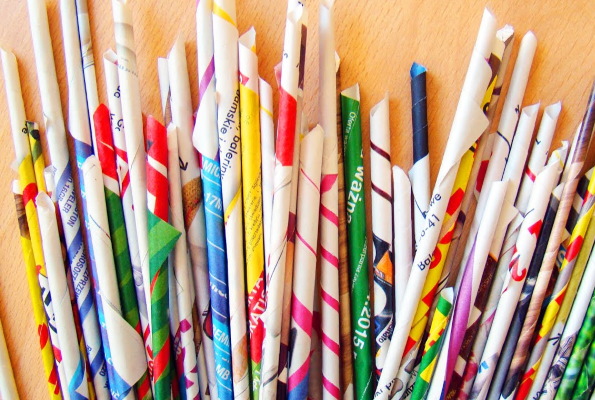
The most suitable types of paper for blanks are highlighted:
| Paper | Peculiarities |
| Paper density 45-48 g/m2 | This type of paper is called consumer, newspaper or offset. It can be purchased at any office supply store. To make tubes, you will need about 2 packs. The sheets should be white and thick enough. Fax paper is also suitable. Its density allows you to easily roll the blanks. |
| Newspaper | It is the most budgetary raw material, which is quite docile and soft. The sheets can easily be rolled into a beautiful tube. This type of paper is suitable for beginner craftsmen. |
| Glossy magazines | Magazine pages are suitable for rolling blanks. However, the tubes will be quite rough and more difficult to paint, unlike paper sheets. In this regard, such products are suitable for making frames and frames to give them additional strength and rigidity. |
| Office paper | Not very suitable for weaving because it has a high density. Office paper sheets of A3 and A4 format have a density of 80 g / m2As a result, the workpieces will be less pliable and very dense.
It will take a lot of time to twist the sheets, unlike other types of raw materials. At the same time, the finished tube will be quite rigid, which will cause difficulties in creating the weave. The finished craft will have creases and twists. |
For rolling the tubes, it is recommended to use consumer paper and newspaper, because they are ideal for creating paper vines.
Tools for work
You can make newspaper tubes for weaving using the following tools:
- A solution of primer and colorant is well suited for painting. Before use, the primer must be diluted with water according to the information described on the packaging or bottle.
- Brushes. Necessary for applying paint and varnish coating to the surface of both individual tubes and the finished product.
- Glue. The work can be based on the use of any suitable glue for paper. This can be PVA glue or glue stick. It must have the main property - fixation of several surfaces.
An important parameter is also the density of the component used, since if too liquid glue is used when building up products, they will quickly become soggy.

- Varnish. To prevent moisture and dampness from damaging the final result, the product must be impregnated with varnish. Regular wood varnish will do, but since the product will be in a closed room, it is worth using an acrylic mixture. It is odorless, can dry quickly, creating a film and transparency for the product.
- A stain made with water. Helps to color the material in shades of maple, oak, pine, and ebony. There are up to 20 shades in both liquid and powder form.
- Scissors or a knife. These devices are needed for cutting newspapers into strips, and the resulting tubes are easy to cut with nippers.
- Clothespins. The device should be used if there is a need to fix the workpieces when weaving or gluing parts.

- Spray. The device is necessary for moistening ready and dried tubes. To do this, the blanks should be sprayed, then put in a bag. The tool can be used to apply paint to the surface of the finished product.
- Knitting needles with skewers. It will be much easier to twist paper strips if you use knitting needles of sizes from 1.5 to 4.5 mm or wooden skewers for making shashlik.
The tubes, which are created with a thin knitting needle, at the end become similar to a vine. Using knitting needles of a larger diameter, you can make blanks that can be easily flattened and woven into any products, like straw.
- Awl. It is quite easy to make holes with them, to move apart the rows of weaving in order to pull the blanks between them.
Preparing paper strips
Before you start rolling, you need to prepare the paper strips so that they end up long and neat.
To do this, you need to do the following:
- Place a sheet of newspaper in front of you. Fold the paper in half vertically.
- Cut the newspaper along the fold using a knife.
- Fold 1/2 of the paper in half vertically, cutting along the fold.
The blanks that were twisted from strips with a clean newspaper edge will be without letters and light. The rest will have a drawing or typographic font.
In order for the braided product to be of medium size, it is necessary to take a knitting needle no more than 1 mm thick, while the width of the strip should be within 10 cm. If the paper density is small, the blank for twisting should be wide.

It is not advisable to twist elongated blanks to a full paper turn, because the product will not be even. In this case, difficulties with extending the tube may arise, which will negatively affect the appearance of the woven product.
Beginners are not recommended to use long tubes longer than 40 cm; weaving blanks 30 cm long is suitable for them. Thanks to this, you will not have to extend the product, and the appearance will not be spoiled.
To weave newspaper tubes, it is recommended to cut the sheet along the grain. When cutting the first strips, initially in one direction everything goes correctly, in the other direction the process becomes more difficult, and the cut comes out crooked.
This is due to the direction of the cellulose fibers in the paper sheet. Therefore, it is recommended to determine their placement before cutting.
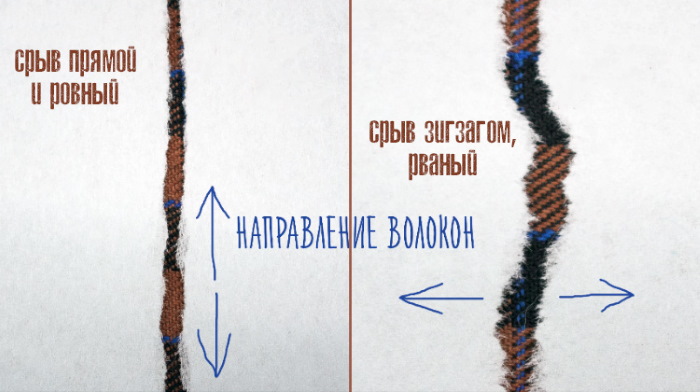
This can be done in 2 ways:
- Option 1. The sheet should be torn horizontally and vertically. If the tear occurs along the grain, it will be straight and even, and the edges will not be too shaggy. If the tear occurs across the grain, it will be uneven.
- The second option. You should fold the paper sheet in 2 directions perpendicularly, ironing the resulting folds. The fold that goes along the fibers will be even and smooth. If it goes across the fibers, it will be broken and rough.
How to Twist Paper Straws
Paper tubes can be twisted using a knitting needle on a table or weight. Everyone chooses the twisting option that will allow them to make a sufficiently large volume of blanks.
On the knitting needle
Winding paper on a knitting needle is the most popular way to create tubes for weaving. The knitting needle must be selected relative to the size of the strip and the final result. To make the workpiece thin, you need to take a tool No. 1.5, the paper piece should be within 5 cm. For paper strips 7 cm wide, a knitting needle No. 2.5 is required.
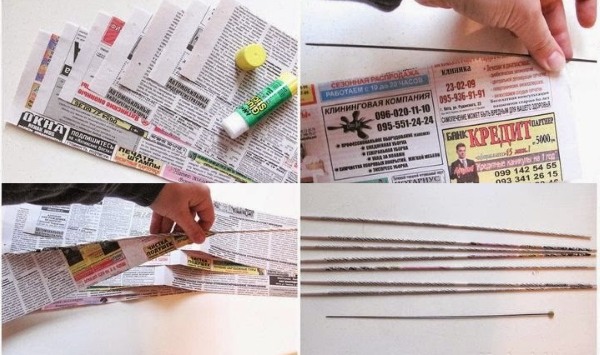
You can make newspaper tubes for weaving in the following way:
- Fold the paper sheet lengthwise into 3 parts and cut along the fold. The result should be 3 strips.
- Place the knitting needle diagonally on the edge of the strip, wrapping the sheet tightly enough. For ease of extension of the workpiece, the end of the tube should be wider or narrower than the original.
- Coat the edge of the strip with dry glue to make it clean and dry. When using PVA glue, use only a drop of the product, because the gluing areas will not be painted well in the future. As a result, the newspaper craft will have uneven coloring.
- Place the finished newspaper blanks in a jar or box so that they do not fall apart.
On the table
For ease of rolling paper strips, it is recommended to do the work on a flat surface. For example, you can use a table, which must first be covered with a silicone mat so that the blanks do not slide on the surface of the table.

You can make newspaper tubes for weaving on the table by following these steps:
- Place the paper strip straight. Place the knitting needle at an angle of 30° on the corner of the sheet on the right below and start twisting the workpiece.
- To make the newspaper strip tuck under the tool, press the knitting needle firmly against the sheet using your fingers, rocking it back and forth for better adhesion of the tool to the workpiece. You can moisten your fingers with water.
- There should not be a large angle between the tool and the workpiece. By placing the knitting needle at an acute angle, lengthen the product as much as possible. The tube should not shift during the twisting stage, the turns must necessarily go parallel to each other so that the product has the same thickness.
- After twisting the end of the strip, place your hands as if on a rolling pin and roll the remaining part of the newspaper.
- Coat the remaining small edge of the strip with glue and twist the workpiece to the end. The spoke can be removed.
The end result should be 2 products: a light one made from a clean sheet, and one with letters. It is recommended to twist the blanks quite tightly and tightly. If the paper coils are tightly located, they will be able to create a solid canvas. Due to this, the crafts will be of higher quality, and the weaving will be pleasant and simple.
On the weight
You can make newspaper tubes for weaving by hanging them, but only experienced craftsmen use this method. This is explained by the fact that such weaving requires great skill and experience.
Master class on rolling newspaper strips:
- For a paper strip 8 cm wide, prepare a 1 mm knitting needle. Apply the tool to the edge of the workpiece so that the angle between the knitting needle and the edge of the newspaper is minimal.
- Fold the end of the sheet to make it easier to wind it onto the tool and continue the weaving process. Do not squeeze the paper too much, because it will wrinkle.
- When half of the workpiece is twisted, move your left hand closer to the edge of the product, continuing to twist with your right hand, and supporting the tool with your left.
- The angle between the edge of the strip and the twisted tube should be no more than 45°. Soak the tip of the paper in a thin layer of glue and finish weaving.
- After completing the twist, remove the knitting needle.
Building up and softening
If the tube is twisted correctly, its width on one side will be greater than on the other. To extend it, you need to insert one tube into the other by 2 cm. If you have identical ends, when extending, you will need to fold one edge into a corner or cut it at an acute angle. Stationery glue will help ensure the strength and reliability of the connection.
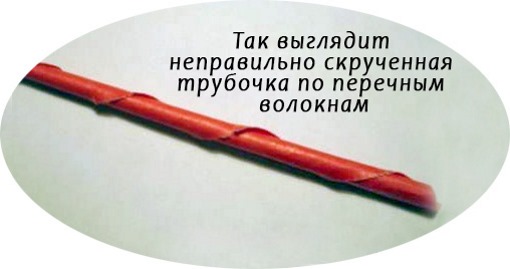
You can get a neat looking product by using dry blanks. This will allow for high-quality gluing and make it invisible after weaving. The tubes used to make the stands should be well-dried. The remaining components should be moistened before weaving to improve their flexibility and pliability.
The following options can be used for this:
- In a 1 liter liquid, pour 1/3 of the tube of silicone glue and stir well. In the resulting liquid, wet the tubes and wrap them in cling film, leaving only the ends dry. This procedure should be done in the evening so that in the morning they are soft and do not deform when weaving.
- You can glue the blanks and twists by first treating them with a glazing impregnation. It is recommended to use a German-made composition called "Dyufa". The procedure will ensure that the twist is glued, giving it softness and smoothness.
In 500 ml of liquid, dilute the impregnation in the amount of 80 ml. The resulting solution must be applied to the surface with a brush, then dried a little and placed in a bag, leaving only the ends outside. After that, you can start weaving.
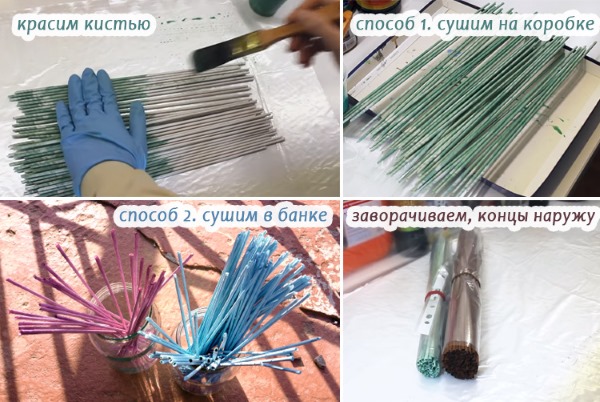
- The tubes can be treated with a mixture of water and varnish, used in proportions of 1:3. The treated blanks must be immediately dried with non-hot air from a hair dryer, then repacked in a bag, leaving the ends outside.
- To moisten the material, you can use water with a small amount of fabric softener or table vinegar. Additives can make the blanks pliable and obedient.
Pour the liquid into a spray bottle and spray the blanks with it, leaving the ends dry. When finished, wrap the product in film, leaving the edges outside overnight. Moistened tubes, standing in this form for more than 3 days, can become moldy.
Processing of tubes
Once the tubes are made, they will need to be treated with any of the following: decorative impregnation, primer or stain.
When treating the surface, it is recommended to use gloves and cover the table surface with a protective film.
Decorative impregnation
Decorative impregnation is based on the following stages:
- Place 1 tbsp of the impregnation into a container.
- Add 38 ml of water and stir well.
- Place a batch of tubes on a film laid on the table.
- Using a brush, apply the prepared solution to their surface.
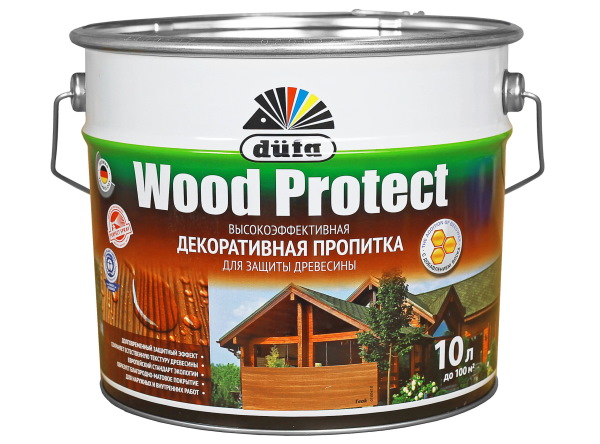
The work should be done fairly quickly, since the material should not stick together, so the product is left on the table in a bag for 25 minutes, then aired and put in the freezer overnight. This treatment allows you to hide all the twists on the folds on the finished product and make the tubes more flexible, which cannot be achieved when using varnish.
Stain
The tubes need to be divided by color and material of manufacture; water-based stain can be made from the following colors:
- tree;
- oak;
- plum;
- chocolate mocha.

The stain of the desired shade should be poured into a container and applied to the surface of the tubes using a brush. At the end, the products should be dried at room temperature, having previously laid them out on the surface of the table covered with film.
Painting with colors
Painting the tubes with colors is based on a mixture made from 3 tablespoons of enamel, 2 tablespoons of sauna varnish, 300 ml of liquid and 1 teaspoon of color.
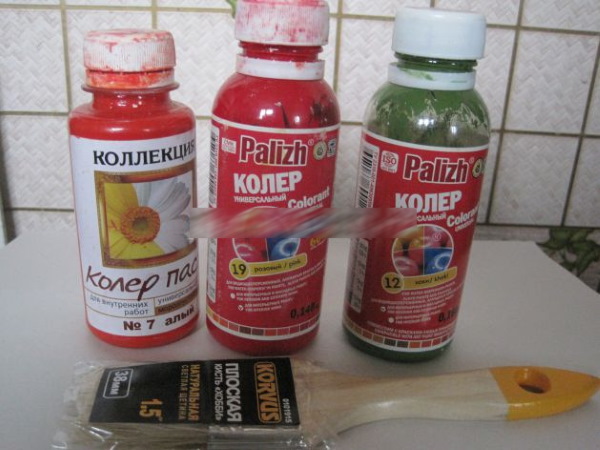
The components are thoroughly mixed and applied to the surface of the tubes. After the preparation, shake to remove excess moisture and dry in a convenient way.
Primer and varnish
To make a primer, you need to do the following:
- Add 1 part PVA glue to 1 part white acrylic paint.
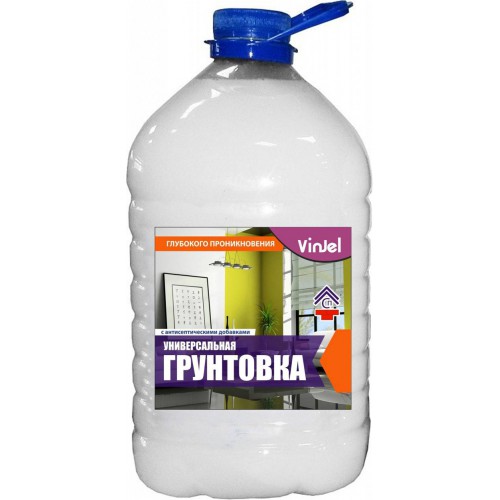
- Dilute the resulting mixture to a paste-like consistency using water.
- Treat the workpieces with this solution, then dry them and apply stain or acrylic varnish to the surface.
Weaving from newspaper tubes is considered a fascinating activity for both adults and children. You can make various crafts from them that will be beautiful and durable. To do this, it is enough to prepare a large amount of consumables.
Video about weaving
How to make newspaper tubes for weaving:
